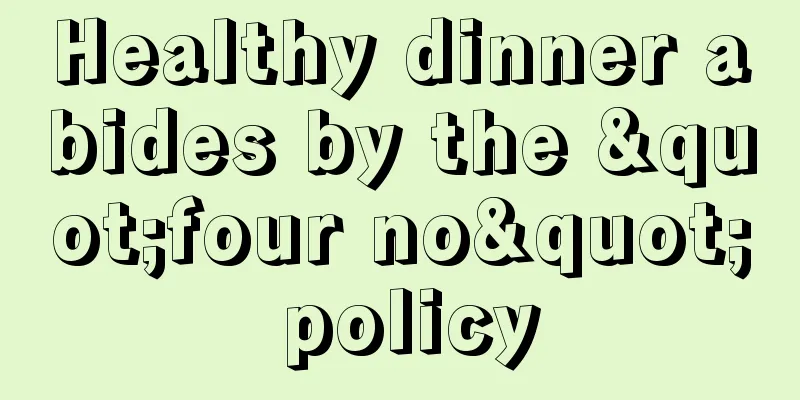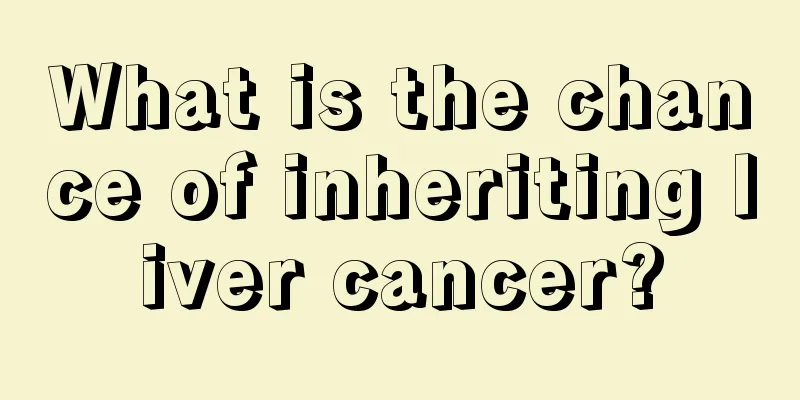What does it mean to have a few fibrosis foci in both lungs

|
A few fibrosis foci in both lungs, also known as pulmonary fibrosis foci, are a relatively common lung problem and also a relatively serious problem. Because if there are certain diseases in the lungs, the patient's respiratory function and body purification ability will be affected to a certain extent. Therefore, when the disease occurs, you need to communicate with the doctor in time and receive treatment. Next, I will introduce you to the relevant knowledge about lung fibrosis! 1. Introduction to symptoms Pulmonary fibrosis is often the fibrotic lesion left over after natural healing of lung infection. The interstitial tissue of the lung is composed of collagen, elastin and protein sugars. When fibroblasts are damaged chemically or physically, they will secrete collagen to repair the interstitial tissue of the lung, thereby causing pulmonary fibrosis; that is, the result of the body's repair after the lungs are damaged. 2. Causes of Disease Common causes include recovery from tuberculosis or other signs of recovery from injury. If the scope of fibrosis is small, it will have little effect on the body. If the scope is wide, it may lead to reduced lung function, hypoxia and difficulty breathing. Normal lung interstitium is composed of a small number of interstitial macrophages, fibroblasts, myofibroblasts, as well as lung matrix, collagen, macromolecules, non-collagenous proteins, etc. When pulmonary interstitium is diseased, the quantity and properties of the above components will change. It is manifested by obvious inflammation invading the alveolar wall and adjacent alveolar wall cavity, type II alveolar epithelial cells replacing type I alveolar epithelial cells, obvious thickening of the alveolar septum and pulmonary fibrosis, and finally loss of pulmonary capillaries. III. Disease situation Alveolitis appears in the early stage, with serous and cellular components in the alveoli, a large number of monocytes, some lymphocytes, plasma cells, alveolar macrophages and other inflammatory cells infiltrating in the pulmonary interstitium, and the alveolar structure is intact. In the late stage, chronic inflammation has been alleviated, the alveolar structure is replaced by solid collagen, the alveolar wall is destroyed, and an expanded honeycomb lung is formed. Collagen, extracellular matrix, and fibroblasts are distributed in the interstitium, and the alveolar epithelium metaplasias into squamous epithelium. Based on the above pathological changes, clinical manifestations are mostly progressive dyspnea or irritating dry cough. Chest X-ray shows reticular shadows in both middle and lower lung fields, and lung function is restrictive ventilation dysfunction. The disease continued to progress and eventually the patient died of respiratory failure. |
<<: Is vocal cord edema serious?
>>: How many days does it take to remove the plaster
Recommend
What can be used to wash away oil stains
Washing powder is a must-have item for washing cl...
Who are not suitable for eating pickled peanuts in vinegar?
Peanuts are a food that many people love to eat. ...
What are the symptoms of digestive tract diseases
There are many symptoms of digestive tract diseas...
Can I eat yam if I have high blood sugar?
Yam can nourish the body and is called the common...
Postoperative care for rectal cancer
Everyone must be curious about the postoperative ...
What is the hiv virus
The HIV virus is actually what we often call AIDS...
Two acupuncture methods for treating esophageal cancer
Traditional medicine's understanding of esoph...
Shit is black
There are many factors in life that can judge a p...
Where is fat digested?
People who are obviously overweight can be seen e...
Myopia glasses make things look distorted
In today's society, more and more people are ...
What are the contraindications for breast conservation in breast cancer
There are certain contraindications to breast-con...
What are the effects and functions of moxibustion on the face?
Moxibustion is a very common way of maintaining p...
Symptoms of allergy to Danshen injection
I believe that many of us have experienced allerg...
How to remove the strong smell of denim clothes_How to remove the smell of denim clothes
In life, many people like denim clothes very much...
Reasons why elderly patients with bladder cancer are prone to bedsores
Bladder cancer is a common malignant tumor of the...









